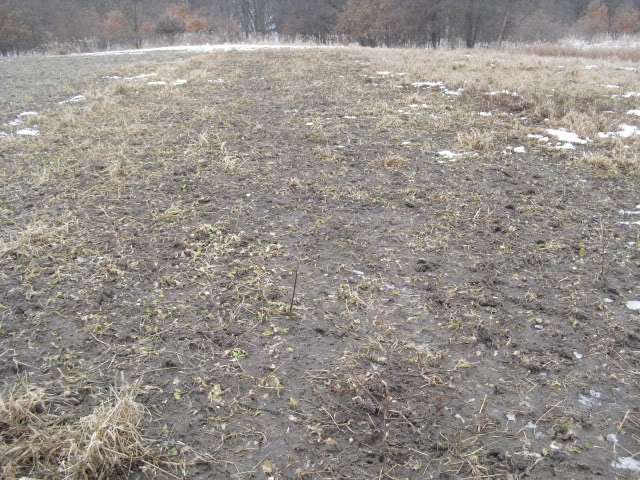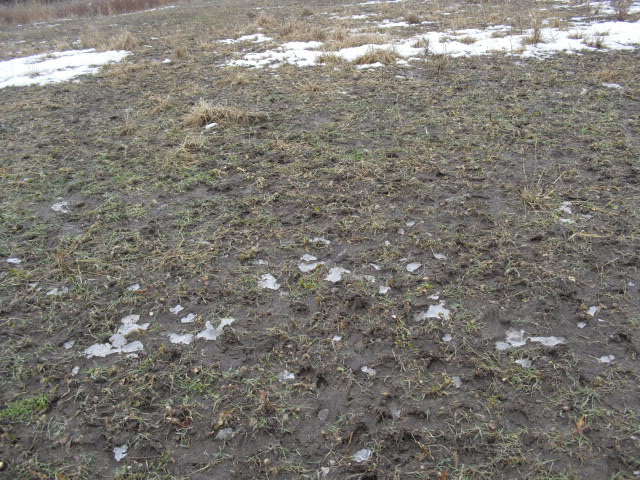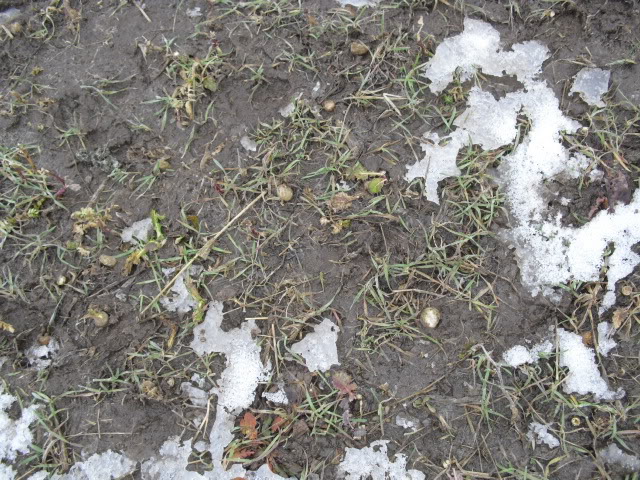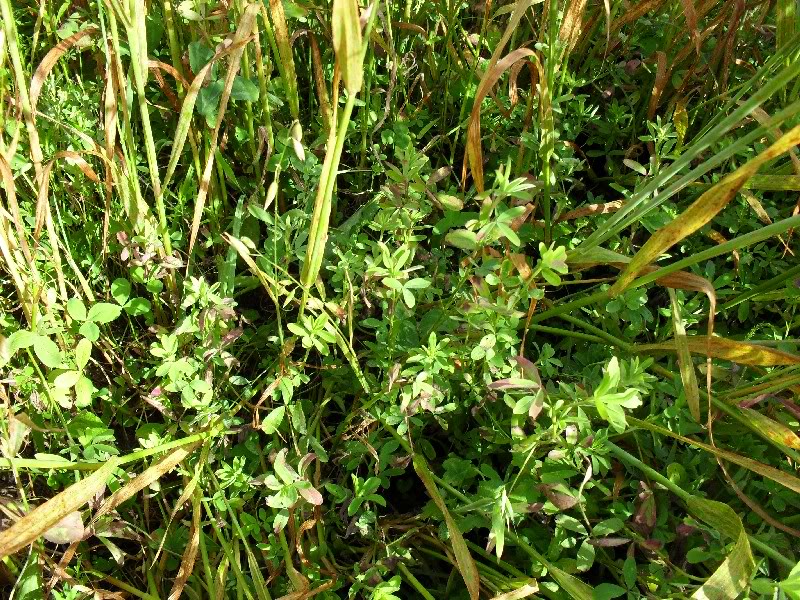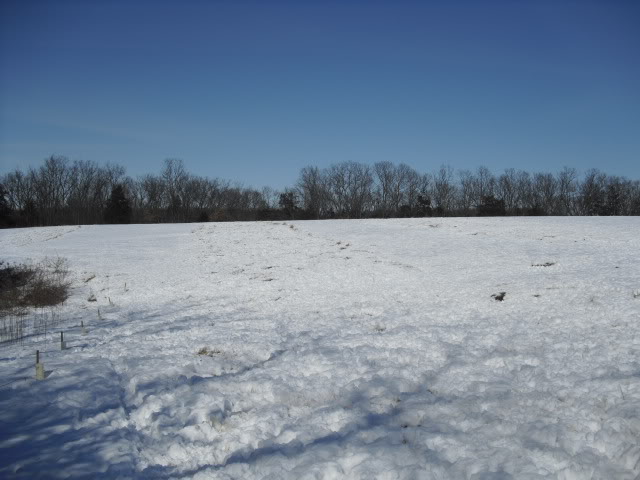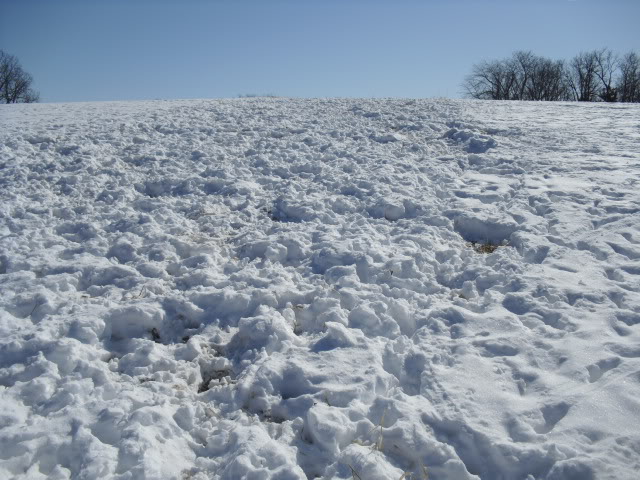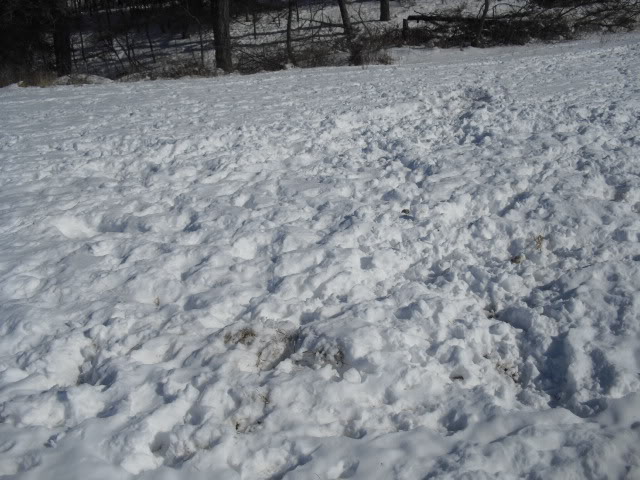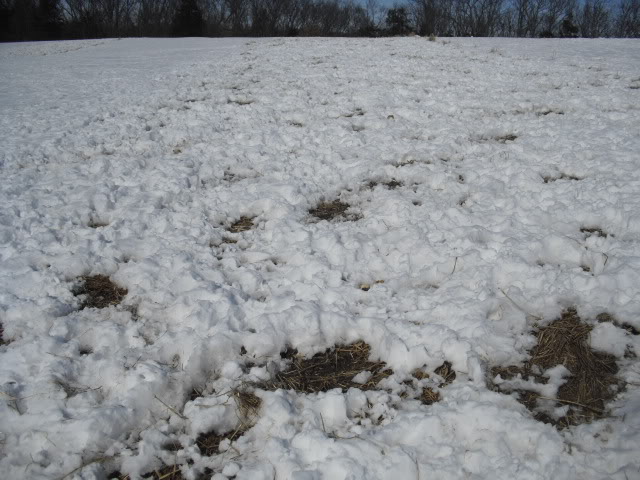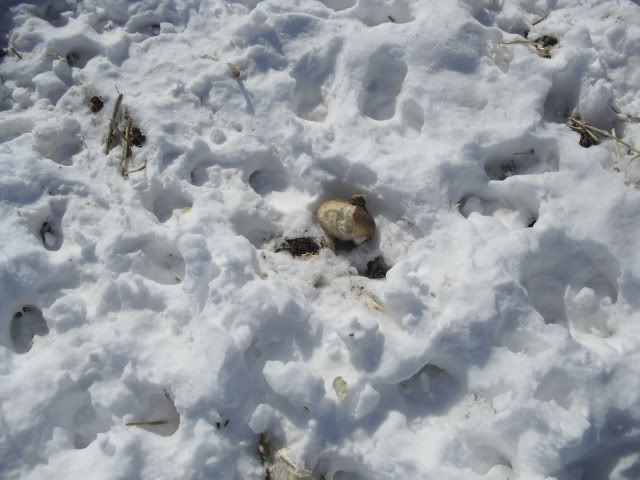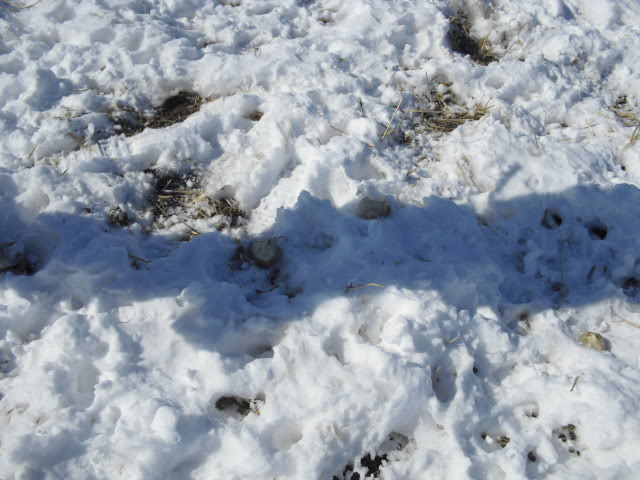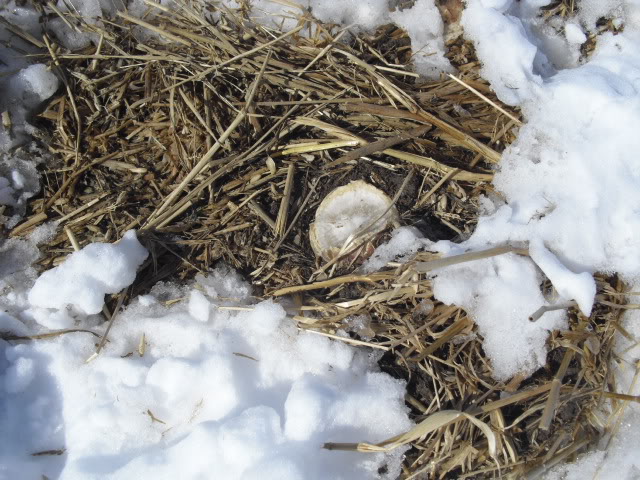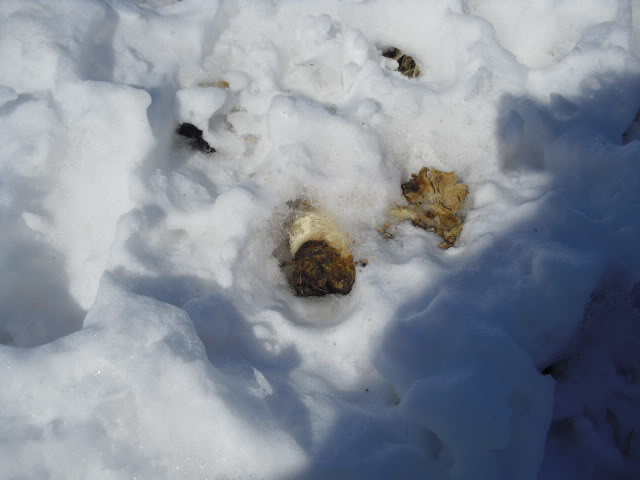dbltree
Super Moderator
One mistake many landowners make is leaving soil barren in the spring, allowing weeds to come up and wasting vaulable time in which the soil can be "working" for you.
A spent brassica patch should always be followed by a spring legume if at all possible or at the very least a crop of buckwheat.
Frost seeding red clover is an option but in some cases the allelopathic chemicals in the brassicas can cause problems...not always but it does happen is just something to be aware of.
Berseem or crimson clovers are annuals that are inexpensive and can be planted into a spent brassica plot after first tilling the soil good. Oats can be added to provide spring forage and then clip them off once the clover gets established.
As mentioned, buckwheat is an option but not being a legume it provides no nitrogen for the next crop to follow leaving it low on my list of possibles.
I like to follow my brassicas with my winter rye/oats/peas/forage radish and red clover combo, this means I can till the red clover under for the next crop of brassicas. The rye and forage radishes will recycle nitrogen in the soil releasing it the following spring so they have a distinct advantage over other crops in this regard.
In order to recycle it however there has to be N in the soil, so the more N fixed by legumes the better and all of that can be utilized by the next brassica crop by the decomposing plants the following summer.
This leaves some additional options such as peas (field, cow, and iron clay), soybeans and vetches and of all these chickling vetch is a new but very powerful tool for fixing a large amount of N in only 60-70 days.
AC Greenfix Chickling Vetch
I have not tried this green manure crop yet but it I intend to give it a try this spring on many of my spent brassica plots.
The following is basic information listed on Welters web site that might help landowners decide if this product might work well for them...
A spent brassica patch should always be followed by a spring legume if at all possible or at the very least a crop of buckwheat.
Frost seeding red clover is an option but in some cases the allelopathic chemicals in the brassicas can cause problems...not always but it does happen is just something to be aware of.
Berseem or crimson clovers are annuals that are inexpensive and can be planted into a spent brassica plot after first tilling the soil good. Oats can be added to provide spring forage and then clip them off once the clover gets established.
As mentioned, buckwheat is an option but not being a legume it provides no nitrogen for the next crop to follow leaving it low on my list of possibles.
I like to follow my brassicas with my winter rye/oats/peas/forage radish and red clover combo, this means I can till the red clover under for the next crop of brassicas. The rye and forage radishes will recycle nitrogen in the soil releasing it the following spring so they have a distinct advantage over other crops in this regard.
In order to recycle it however there has to be N in the soil, so the more N fixed by legumes the better and all of that can be utilized by the next brassica crop by the decomposing plants the following summer.
This leaves some additional options such as peas (field, cow, and iron clay), soybeans and vetches and of all these chickling vetch is a new but very powerful tool for fixing a large amount of N in only 60-70 days.
AC Greenfix Chickling Vetch
I have not tried this green manure crop yet but it I intend to give it a try this spring on many of my spent brassica plots.
The following is basic information listed on Welters web site that might help landowners decide if this product might work well for them...
AC Greenfix is a new high nitrogen annual legume that is highly nutritious with a high protein count. AC Greenfix can easily fix 80-100 lbs of nitrogen per acre with over 200 lbs shown in some soil tests in only 60-70 days!
Extensive studies have shown that AC Greenfix can greatly reduce nitrogen costs (as much as 85% of the N is available to future crops) while increasing yields and boosting fertility and bacterial life in the soil.
AC Greenfix averages 22-26% protein with 30% possible at bud stage. The solid stem and grassy leaves are extremely palatable with high relative feed value. Low bloat (comparable to sanfoin grass & birdsfoot trefoil) makes it easy to use with other feeds.
AC Greenfix is a moisture efficient plant with a strong indeterminate growth pattern and has been observed to be more frost tolerant than oats or barley.
AC Greenfix performs well alone or inter-seeded with other crops and is beneficial to deer and other wildlife.
AC Greenfix performs well until temperatures consistently hit the 90's and 100's.
Establishment
**DO NOT PLANT AC GREENFIX IN YOUR FIELD AFTER YOU HAVE HAD SOYBEANS THE YEAR BEFORE, THE CROP WILL NOT DO WELL!
Have a soil test completed prior to planting (the higher the pH the better-6-9).
You should also have a good phosphorous level for a healthy crop. It is also important to have P&K in the midrange and no nitrogen added.
For maximum growth, seeds need to be inoculated with a rhizobial inoculant that is commonly used to inoculate peas and lentils. Inoculants designated for alfalfas, clovers & soybeans will not be effective.
Inoculant should be purchased separately as seed needs to be inoculated right before planting. Store inoculant in area below 70 degrees and away from sunlight. Apply inoculant and mix thoroughly before seeding into damp ground.
Yields vary according to moisture and soil conditions and a soil test should be conducted.
Early spring planting will yield the best results (root development during cool spring weather will enable the plant to withstand stress later). Plants can tolerate temperatures as low as 22-26 degrees F and recommended soils temperature is 45 degrees.
AC Greenfix's large seed can be planted in the top 3 inches-planting depth should be determined by the available moisture and protection from freezing. Seeds should be covered by at least 1-2 inches of soil.
Use a regular grain drill or an air seeder. Avoid using equipment that may damage the seed. Since the seed is not round it could cause seed to chip, allowing infection by mold and other pathogens and thus reduce germination.
**Broadcasting is not recommended.
A minimum of 50-60 lbs/acre is recommended and in drier areas, 70 lbs/acre is desired.
Management
Do not wait until AC Greenfix makes pods before you mow it back or graze it-it will not grow back.
AC Greenfix grows slowly for the first 30-40 days.
For maximum nitrogen production, the plants should be soil incorporated before seedpods are filling and root nodule activity is greatly reduced. Nitrogen production will be reduced by removing forage, but sufficient to sustain a small grain or grass crop.
Seeds mature in about 90 days.
AC Greenfix withstands well under grazing, especially when mixed with grasses. Rotational grazing practices will allow for better regrowth. Yields will vary according to available moisture, soil conditions, and temperature. Average production has been 2000-5000 lbs/DM/Acre for one cutting. A second cutting is possible if temperatures remain moderate and moisture is available.
For organic growers, to control weeds early in the season, rotary mow, graze or cut this crop when it first starts to flower or during the first week of flowering. This will make the AC Greenfix tiller out faster and grow faster, thus resulting in a much better stand.
AC Greenfix forage will dry comparable to alfalfa or grass.


